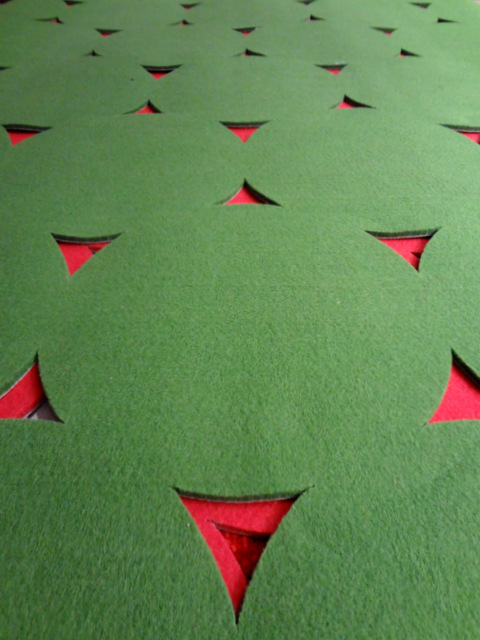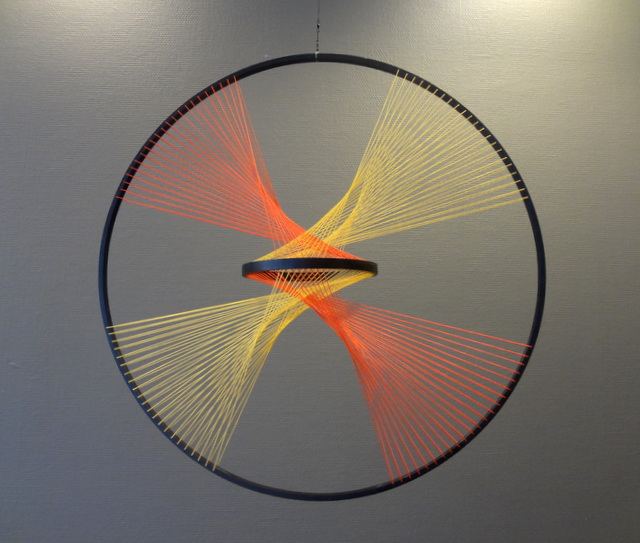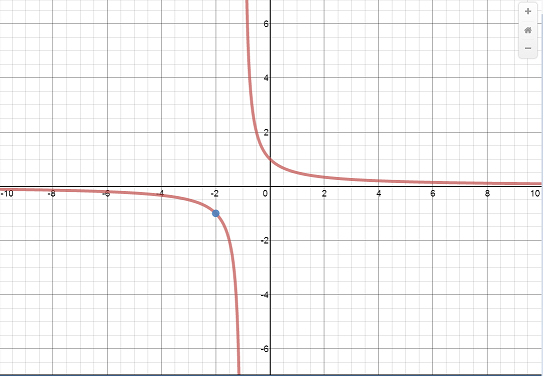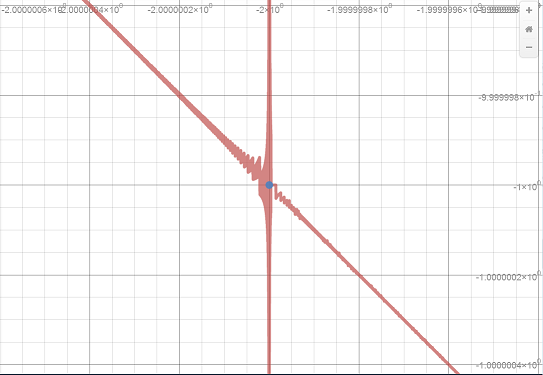Challenge NYT
Math Quiz — NYT Learning Network
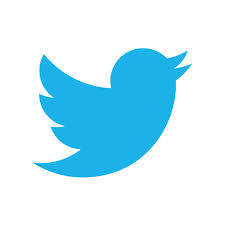 Through Math for America, I am part of an ongoing collaboration with the New York Times Learning Network. My latest contribution, a Test Yourself quiz-question, can be found here
Through Math for America, I am part of an ongoing collaboration with the New York Times Learning Network. My latest contribution, a Test Yourself quiz-question, can be found here
Test Yourself Math — November 27, 2013
This question is about Twitter’s recent IPO: with around 500 million users, approximately how much is Twitter valued at, per user?
Appreciation Art
Math Art: Circular String Sculpture
This sculpture is by David H Press. You can find out more about his work here.
This is another piece from the 2013 Bridges Mathematical Art Gallery.
Challenge Teaching Technology
When Desmos Fails
I am huge fan of Desmos, the free online graphing calculator. I use it almost every day in my classroom: to sketch simple graphs, demonstrate mathematical relationships, and dynamically explore mathematical situations. And like most worthy instructional technologies, it’s really a learning technology: it’s easily accessible to students as well as teachers..
As far as technology goes, Desmos works very well. But some of my favorite mathematical questions arise when technology does something we don’t expect.
For example, here’s the graph of . This graph has a hole (a removable discontinuity) at the point (-2,-1), which I have colored blue.
But look what happens when you zoom in around the hole:
At a very small scale, some very curious behavior emerges!
Now, it’s not the function here that’s behaving strangely: its behavior is well-understood. It’s the mathematical technology that is behaving strangely, as it tries to represent the function.
Lots of interesting questions emerge from such anomalies, and these are great questions for students to explore. In doing so, they’ll not only learn some mathematics and some computer science, but they’ll also develop a healthier relationship with technology, by learning to understand how it does what it does, and perhaps more importantly, what it doesn’t do. I explore this theme in greater depth in my talk “When Technology Fails“.
You can find more of my work with Desmos here.
Related Posts
Resources Teaching
TIME 2000 Conference
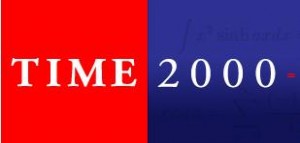 I am excited to once again be participating in the TIME 2000 conference at Queens College.
I am excited to once again be participating in the TIME 2000 conference at Queens College.
This conference showcases the TIME 2000 program at Queen’s College, which supports undergraduate students in studying mathematics and math education. I will be running a workshop on the geometry of folding and cutting. James Tanton–mathematician, teacher, and creator of fantastic mathematical challenges–will be giving the keynote address.
The conference is Friday, November 22nd, and is open to high school students who are considering mathematics education as a possible career.
